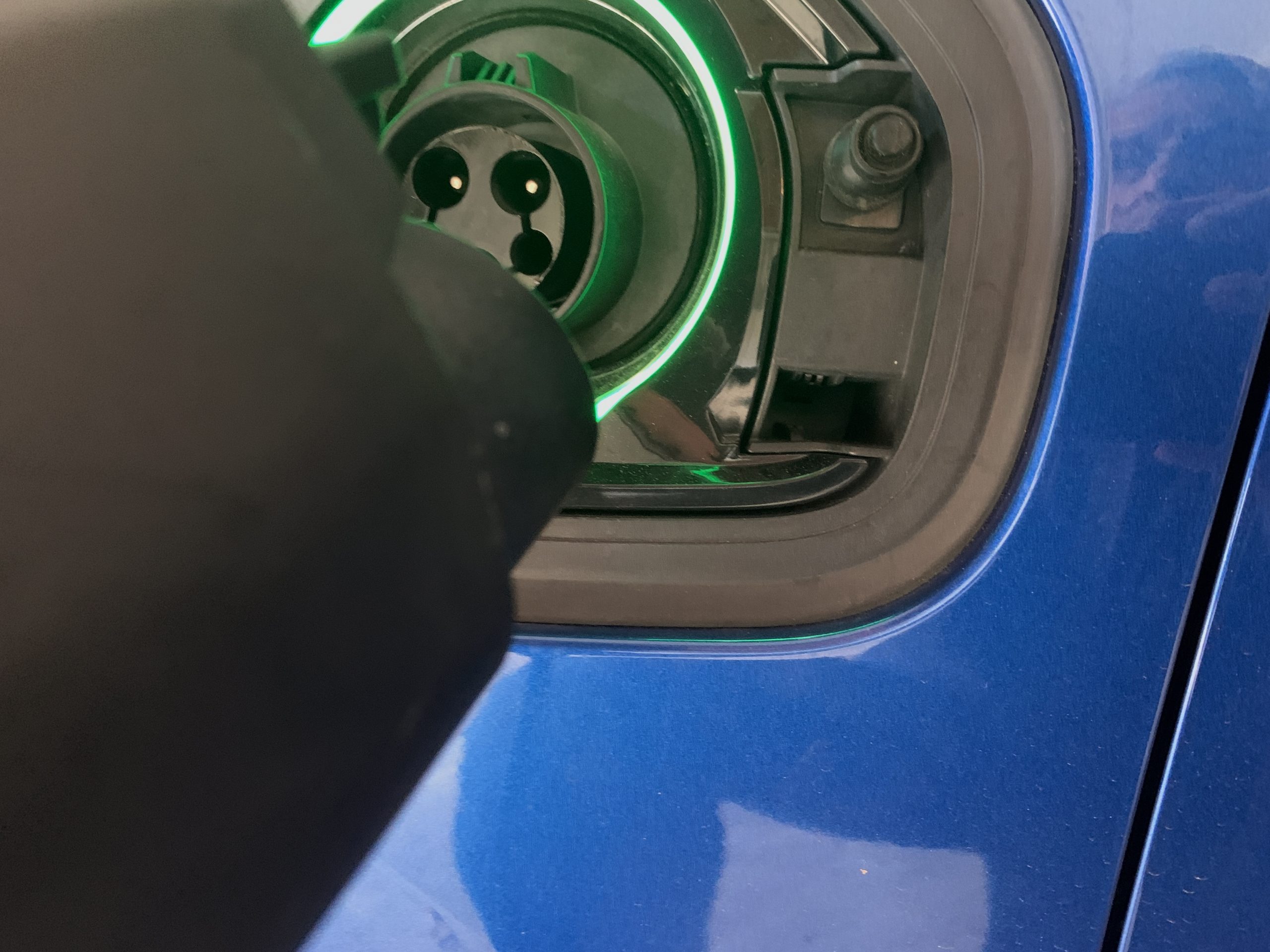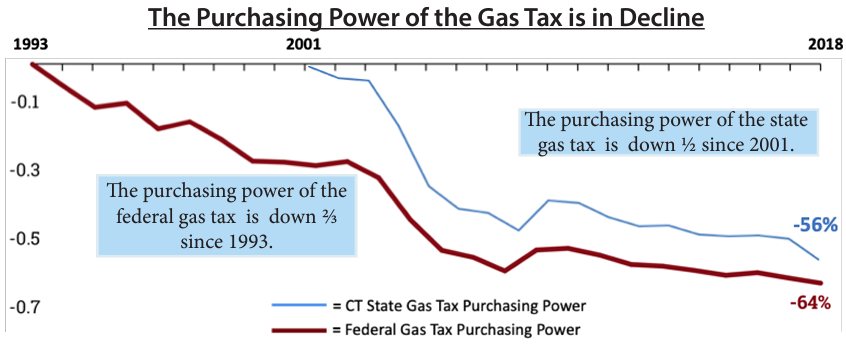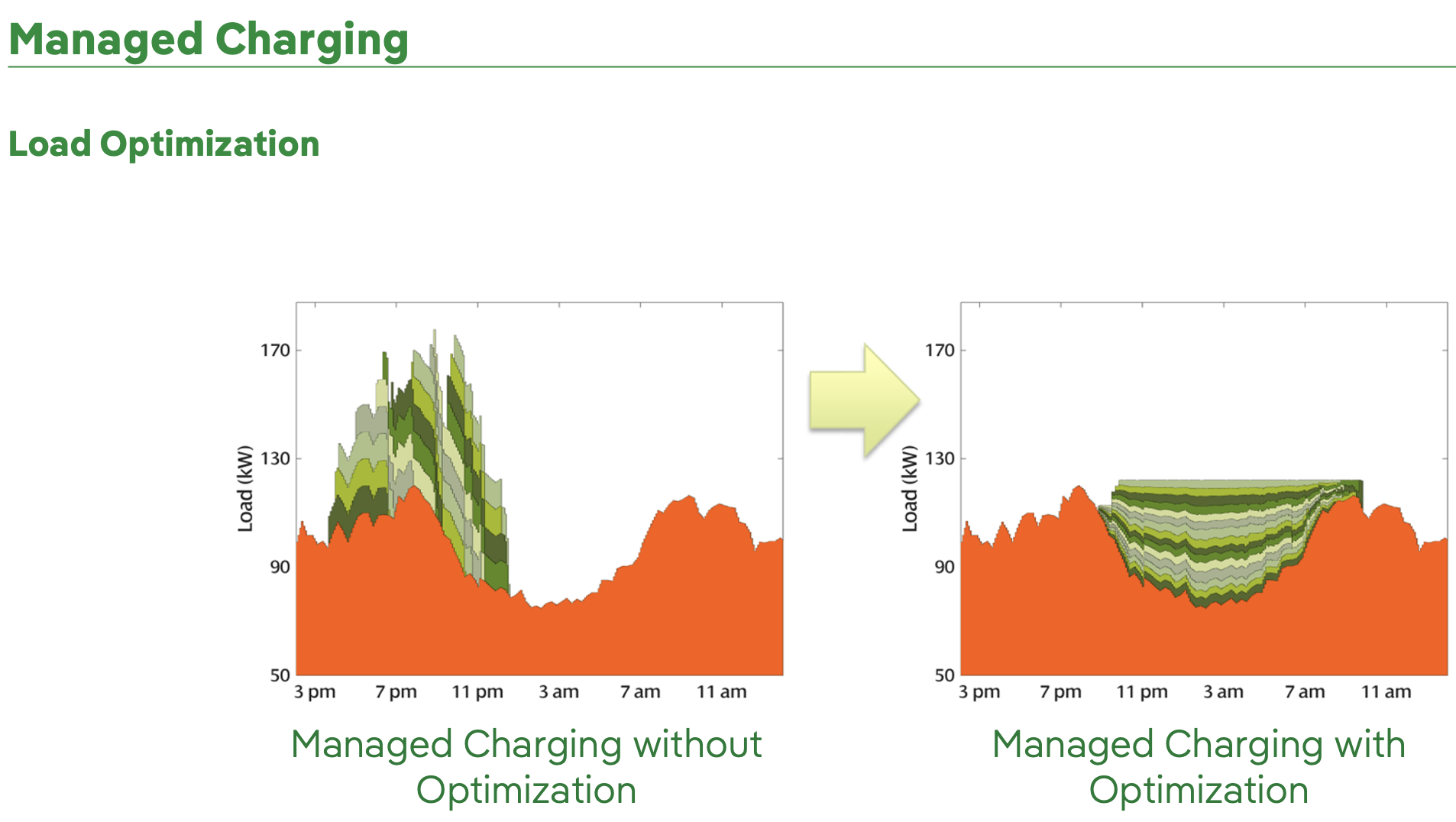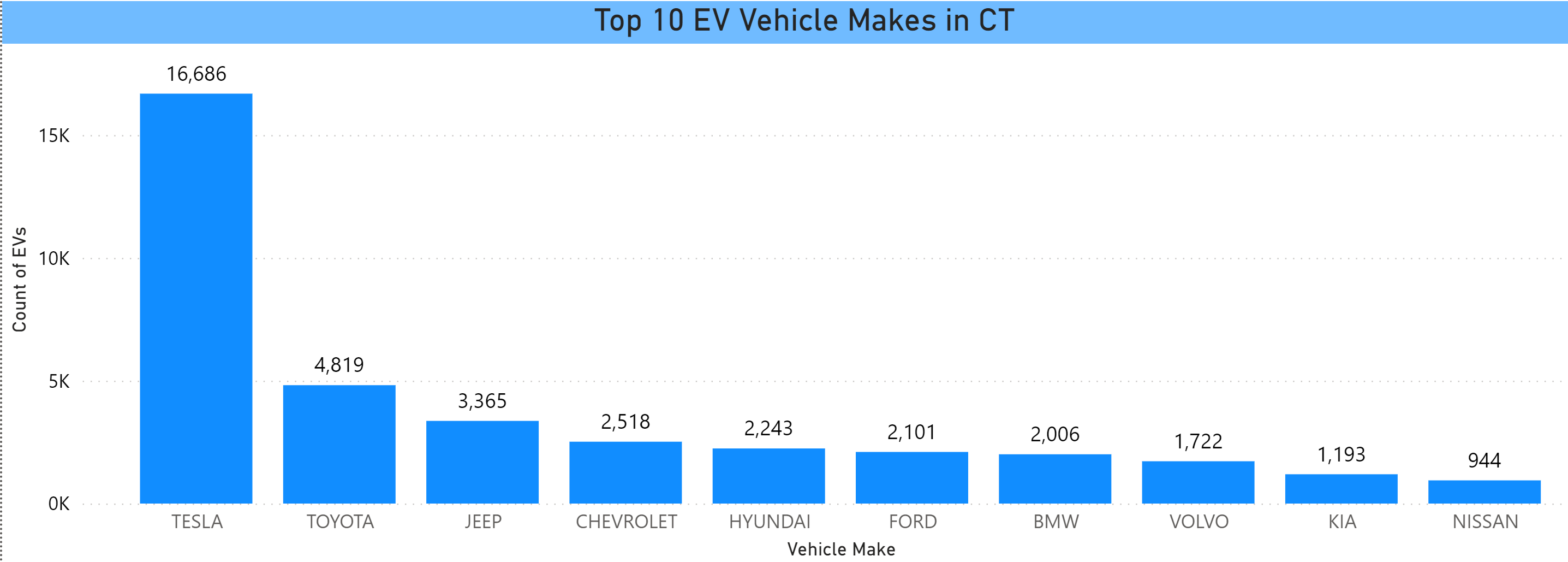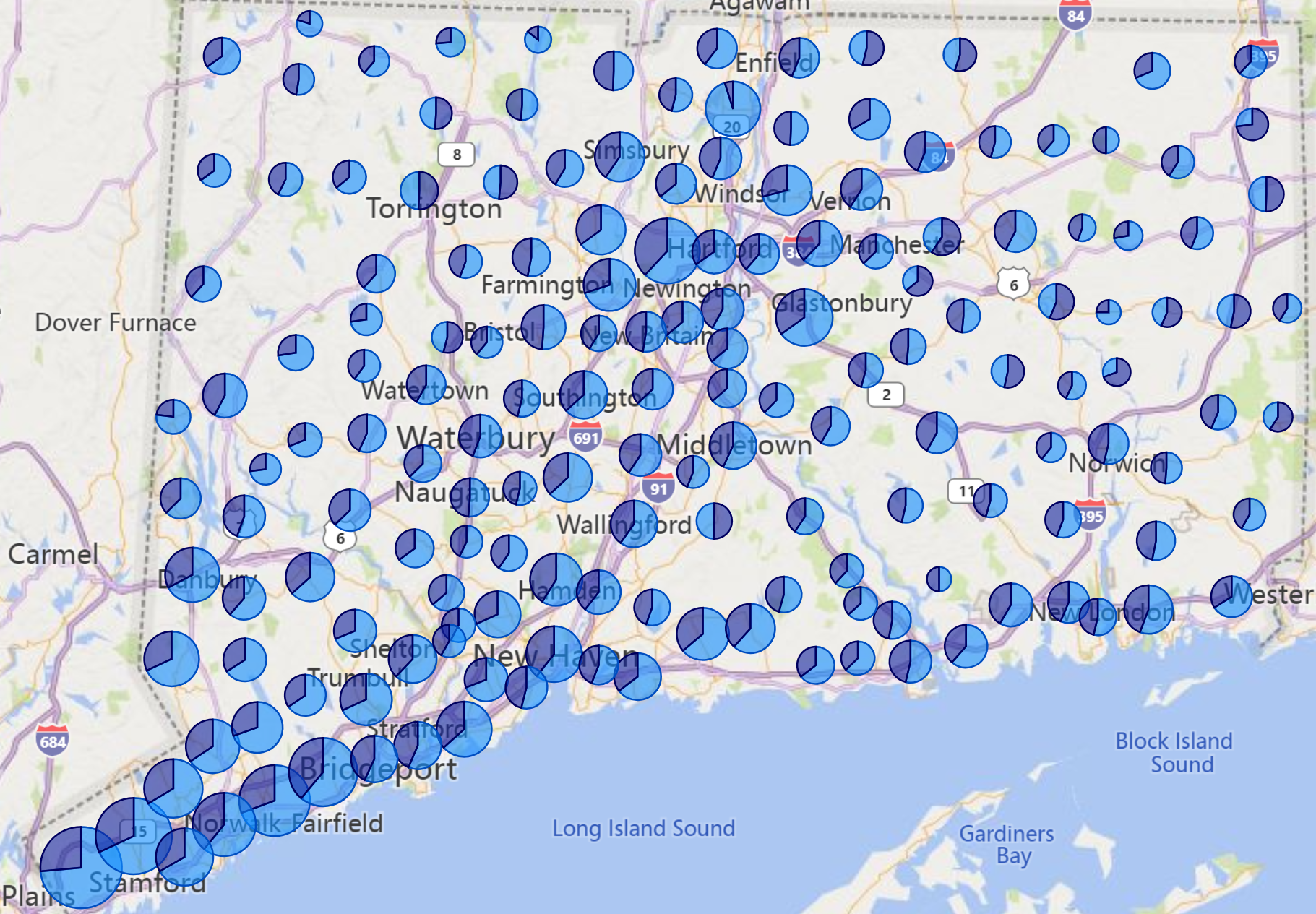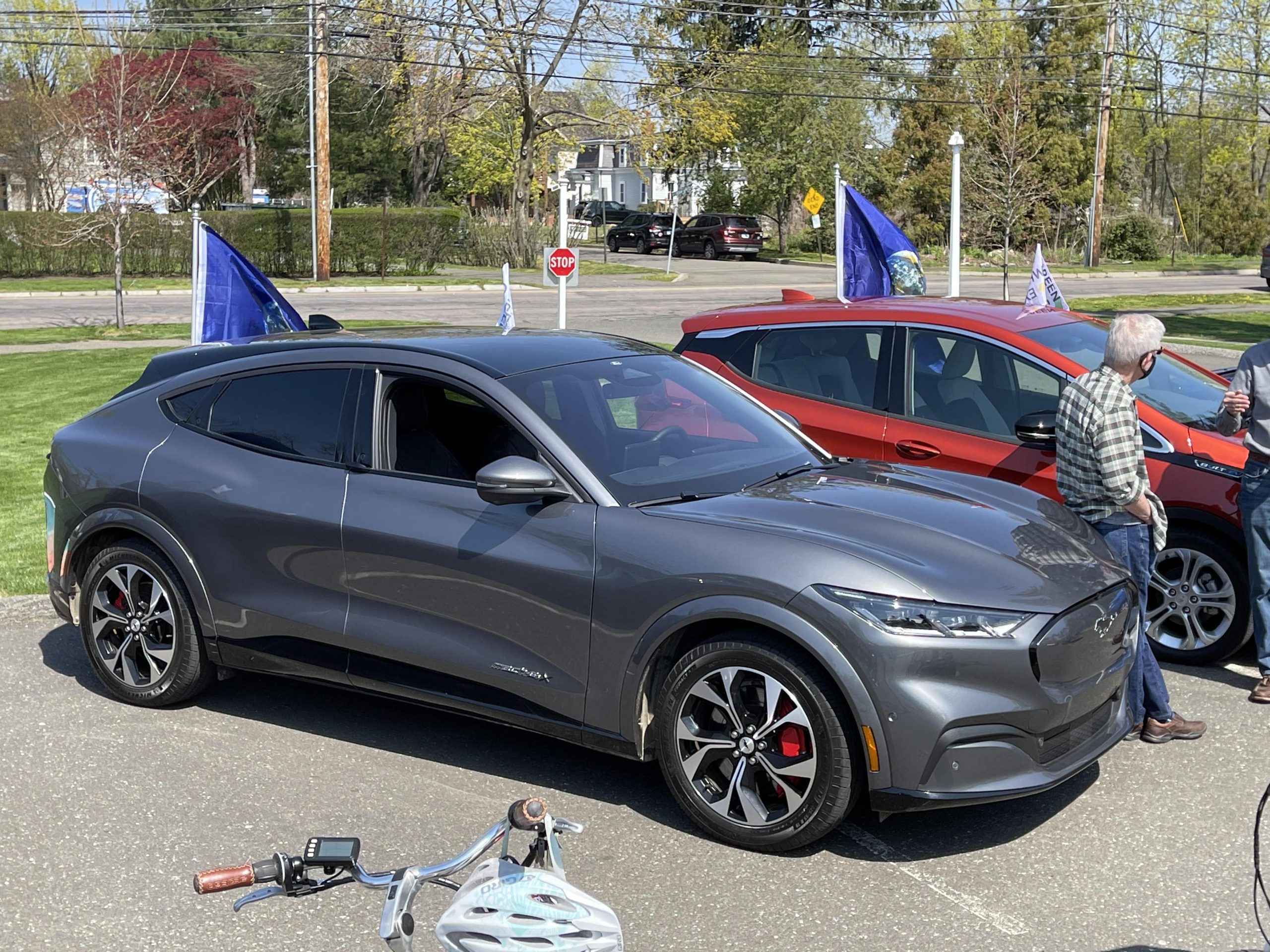Shelton Rivian Service Center Opens
Rivian Service Center in Shelton is Finally Open After a lengthy legal battle, followed by the time necessary to build out the facility, the Rivian Service Center in Shelton, CT has finally opened. Rivian R1S … Read more


